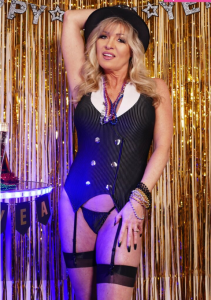Tylene Buck: From WCW Breakout to Brand-Building in the Digital Era
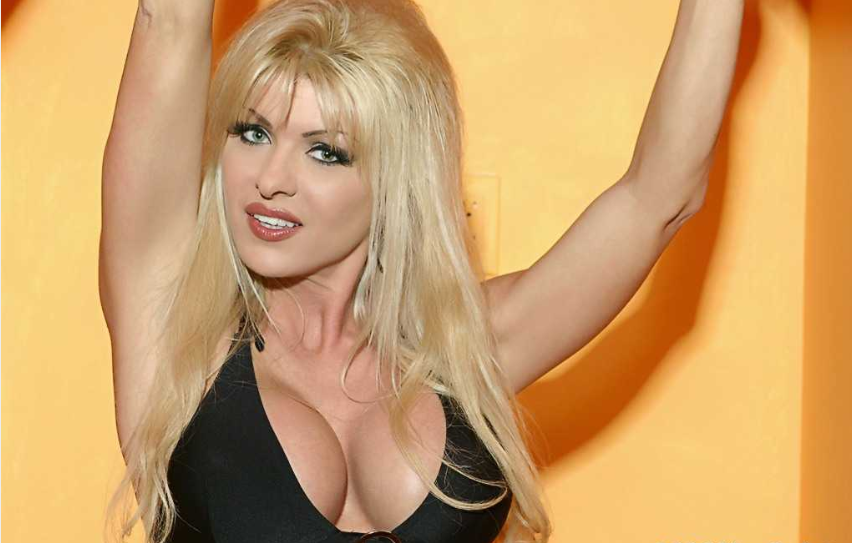
Tylene Buck emerged in an era when televised sports entertainment blended athletic spectacle with sharp character work. Her earliest pursuits reflected a comfort in front of cameras and live audiences, combining modeling, promotional appearances, and performance training that would later serve her on weekly television. Those building blocks—stage presence, camera literacy, and audience reading—created a foundation that made her transition to a national wrestling promotion feel organic rather than accidental.
Video: WCW Nitro 07/24/00 – Miss Hancock & David Flair vs. Major Gunns
The WCW Breakthrough: Introducing “Major Gunns”
Her national breakthrough came in World Championship Wrestling, where she portrayed the on-screen persona widely remembered by fans. The character slotted into a high-visibility stable during a period of creative experimentation across Monday Nitro and Thunder. What stood out wasn’t just the entrance or costuming, but a willingness to jump into ensemble storytelling—backstage skits, run-ins, promos, and ringside direction that required timing as precise as any match. She learned how to sell a moment to the hard camera, how to shade reactions for the live crowd versus the television audience, and how to escalate a segment without overshadowing the in-ring athletes whose arcs needed to land cleanly.

Character Work, Comedy Beats, and Live-TV Precision
Live television demands control over micro-beats: where to stand to keep a partner framed, when to let a pause breathe, how to deliver a line that cues commentary. Buck developed these mechanics quickly. She leaned on comedic timing during stable segments, threw to announcers with clarity, and delivered reactions that told the story even when she didn’t have the mic. Those skills elevated partners and opponents alike, helping angles read clearly to viewers flipping channels at peak hours.
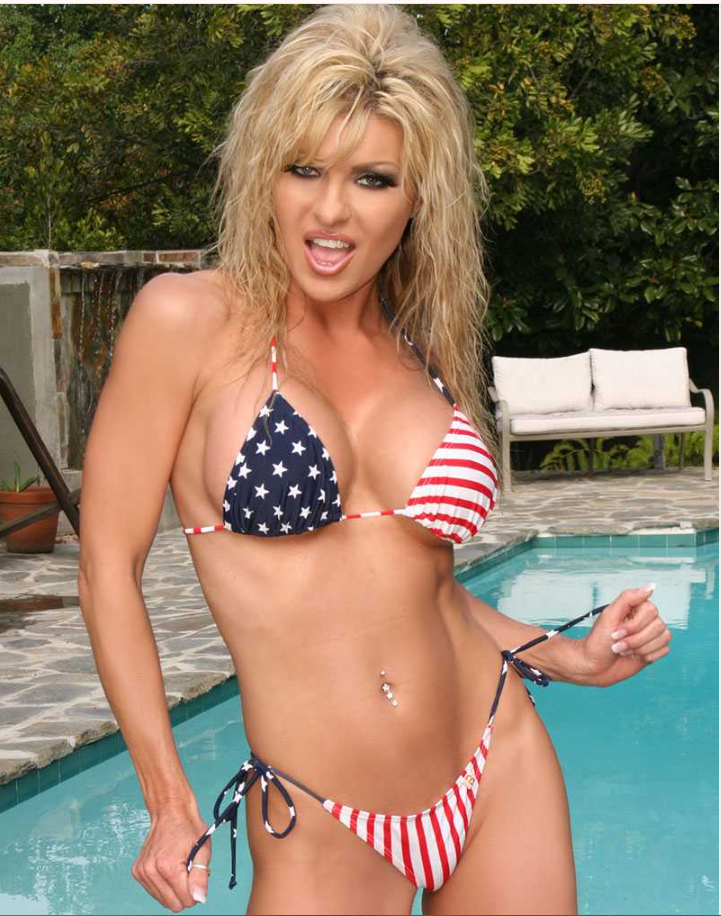
Training, Safety, and Respect for the Ring
Valet and manager roles still require physical readiness. Buck adopted the basics—footwork at ringside, safe positioning during brawls, and choreography for planned spots—so the spotlight stayed on the athletes and the story stayed safe. She learned how to interact with referees, when to feed a prop, and how to occupy the frame without distracting from a finish. This respect for ring craft is part of why her segments remain rewatchable: they feel cohesive, not chaotic.
Video: WCW Nitro 08/28/00 – Paisley vs. Tygress vs. Major Gunns
Storyline Evolution and On-Screen Alliances
Across her WCW tenure, Buck’s character interacted with multiple factions, a hallmark of the era’s interwoven plots. Switching allegiances on television can break immersion if the performance doesn’t carry the logic; she approached each shift as a strategic decision by a savvy character rather than a random twist. That approach preserved continuity, turned rivals into reluctant co-workers, and kept stakes credible for pay-per-view builds.
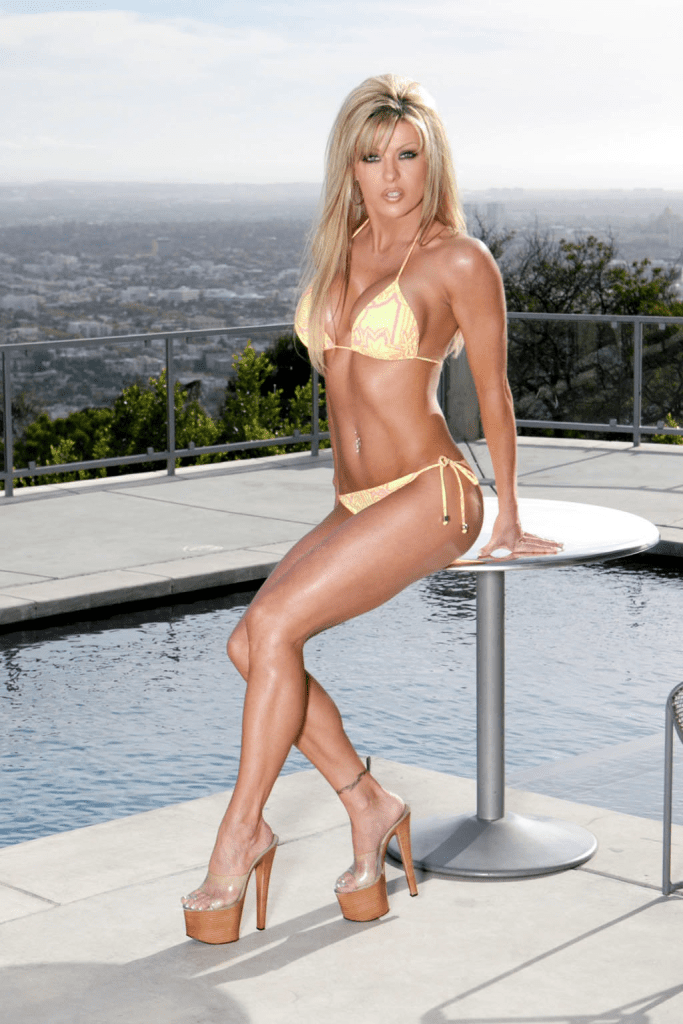
Media Crossover: Photoshoots, Interviews, and Convention Culture
Televised fame naturally expanded to media placements and fan-facing events. Buck embraced interviews, photoshoots, and signings that reinforced brand identity built on athletic entertainment and high-energy presentation. Long before social platforms simplified direct fan access, she worked the autograph circuit and fan expos, where enduring careers are built—one handshake, one snapshot, one great conversation at a time. The through line was always consistent: show up prepared, deliver a memorable moment, and honor the supporters who keep legacies alive.
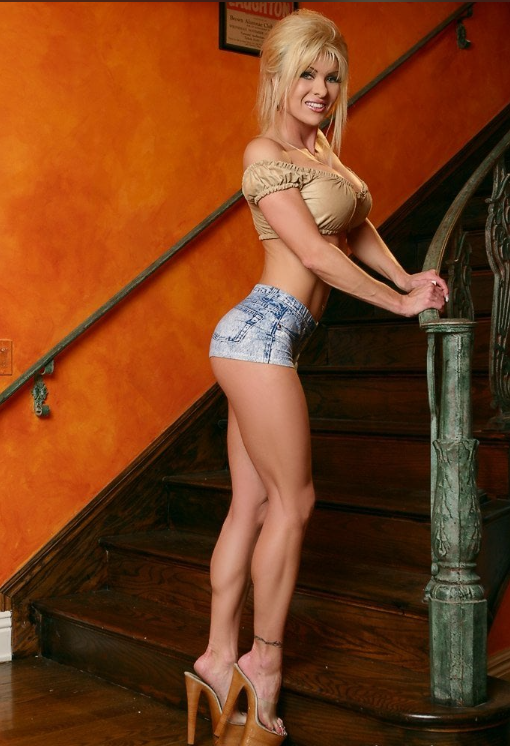
Entrepreneurial Pivot: Owning the Brand After Weekly TV
When the WCW chapter closed, Buck continued to monetize her visibility across appearances, licensed merchandise, and collaborative projects. The strategy resembled a diversified media play: live signings, photo sales, custom memorabilia, and limited capsule drops. She treated demand as a signal—listening to what fans actually wanted, then producing it with small-batch discipline to safeguard value. That approach kept inventory lean and excitement high, an essential balance for independent creators.
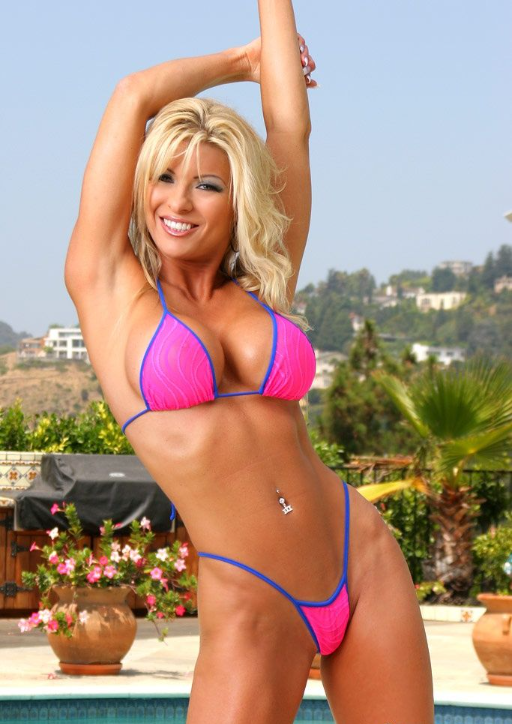
Digital Footprint: Community Building and Direct-to-Fan Commerce
The rise of social platforms changed how alumni of major promotions reach audiences. Buck adapted by sharing behind-the-scenes memories, archival images, and current-day updates that remind fans why they connected in the first place. Direct-to-fan storefronts, gated content hubs, and pre-order models turned casual interest into sustainable revenue. She leveraged mailing lists and evergreen content to smooth out the peaks and valleys common to event-driven work, reducing reliance on third-party algorithms.
Video: Backyard Wrestling 2 – Tylene
Business Habits: Calendar Discipline, Catalog Curation, and Audience Mapping
Sustained relevance is a craft. Buck’s playbook centers on three habits. First, calendar discipline—anchoring each quarter with tentpole moments such as convention appearances, limited print runs, or collaborative releases. Second, catalog curation—retiring older items when they’ve run their course and refreshing the lineup with thoughtful additions. Third, audience mapping—segmenting superfans, collectors, and casual followers with offers that meet each group where they are. These habits create predictable cash flow while preserving excitement.
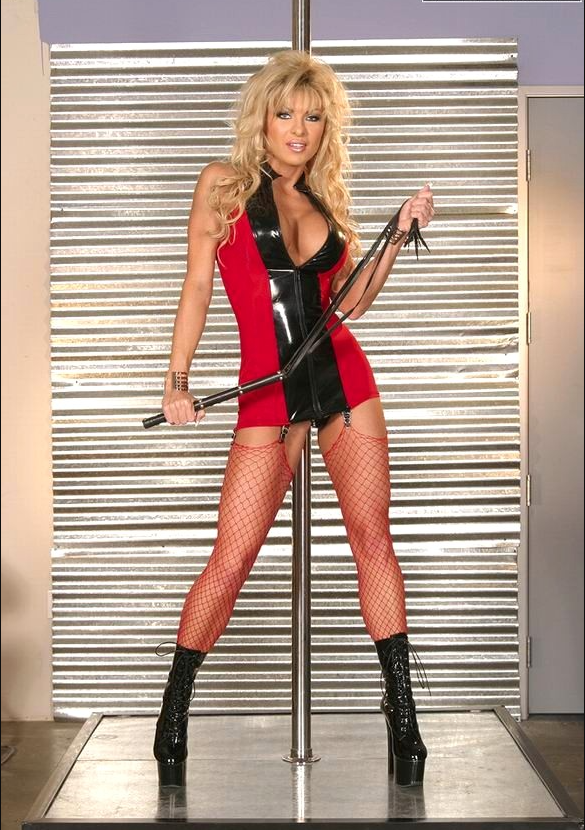
Health, Fitness, and Longevity in Public Work
Fitness is not merely aesthetic in performance careers; it’s functional. Buck’s ongoing focus on wellness supports travel-heavy schedules, long signing days, and the stamina required for photoshoots or emcee roles. By prioritizing recovery, nutrition, and mobility, she maintains the energy that live audiences feed on. That same commitment also reinforces brand values around confidence and capability, themes longtime supporters associate with her name.

Philanthropy and Fan-First Engagement
Charity raffles, signed auctions, and cause-driven meetups keep community at the center. Buck has consistently treated her supporters as partners in good work—amplifying fundraising efforts, spotlighting fan stories, and showing gratitude in ways that feel personal. These acts reinforce long-term loyalty and distinguish her presence in a crowded nostalgia market.
Present Day: Appearances, Collaborations, and Content Curation
Today, Buck’s calendar blends fan conventions, curated merch drops, and selective media features. She continues to share archival pieces that celebrate the WCW years while adding fresh material that reflects who she is now—an experienced professional who understands both the art and the business of audience attention. Collaborations with photographers, podcasters, and fellow alumni keep her network vibrant and her reach expanding.
